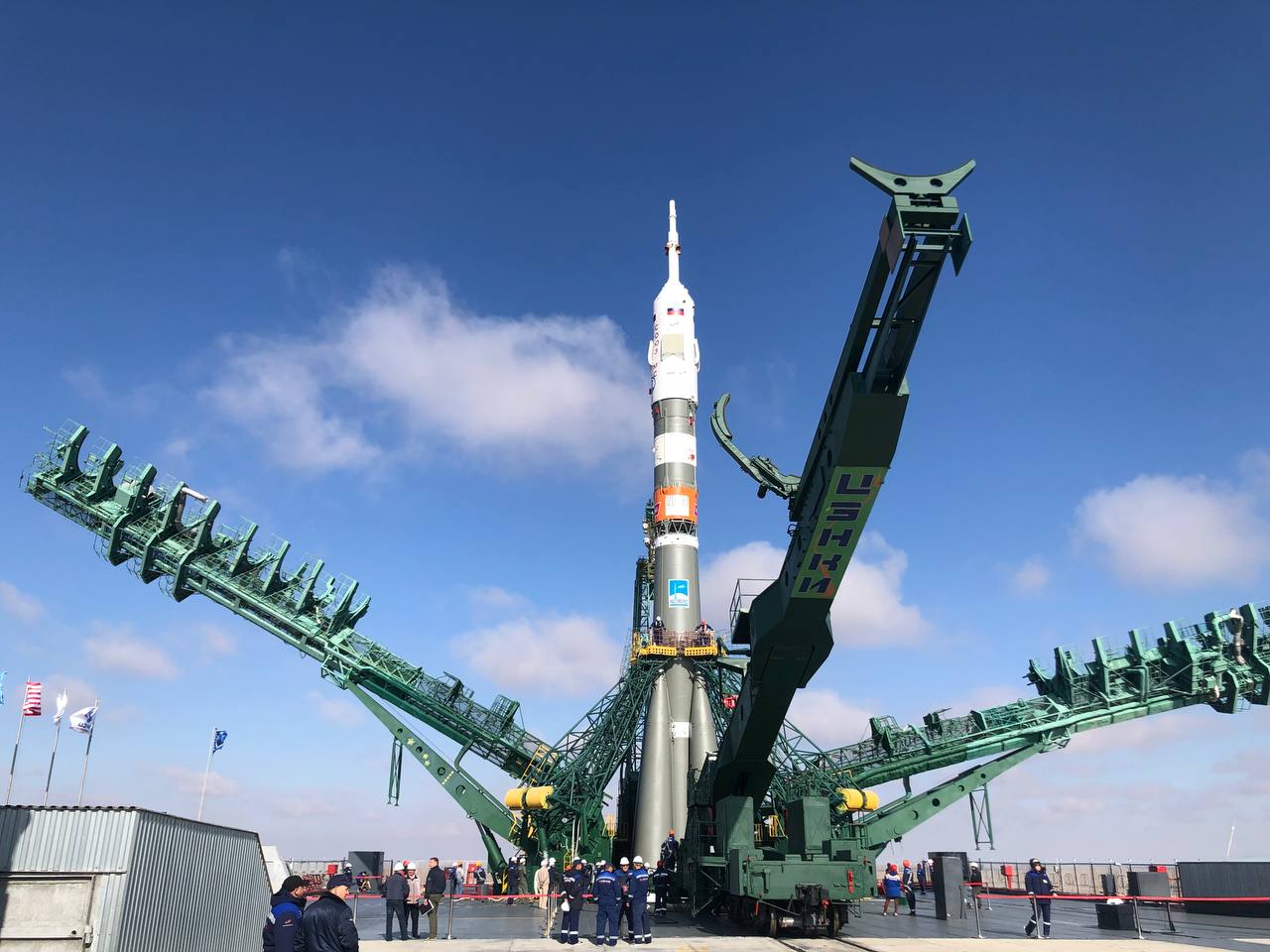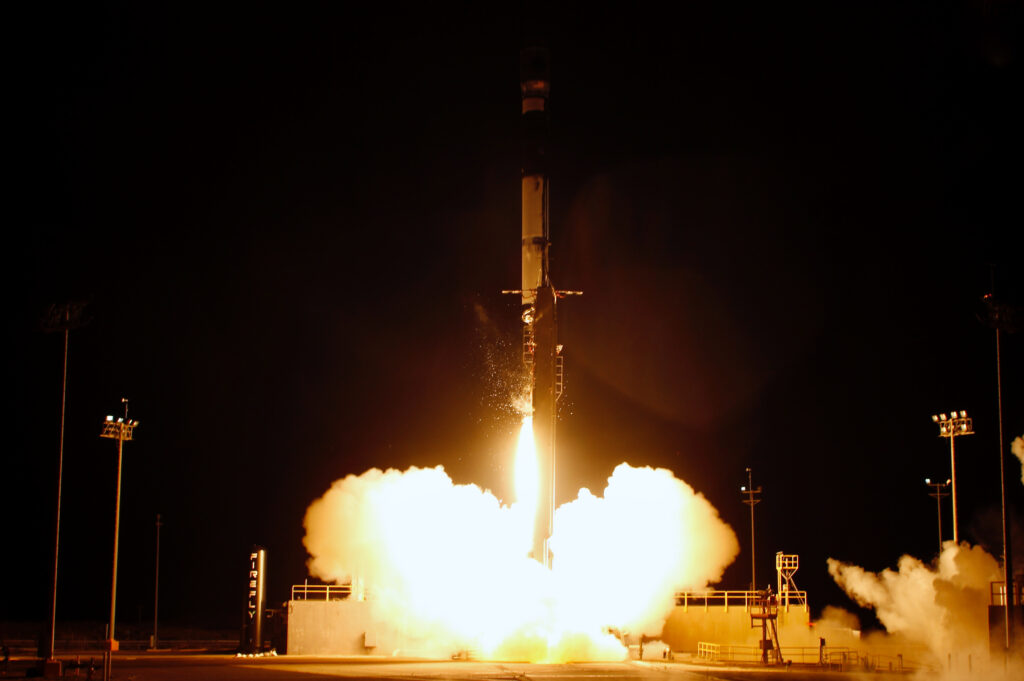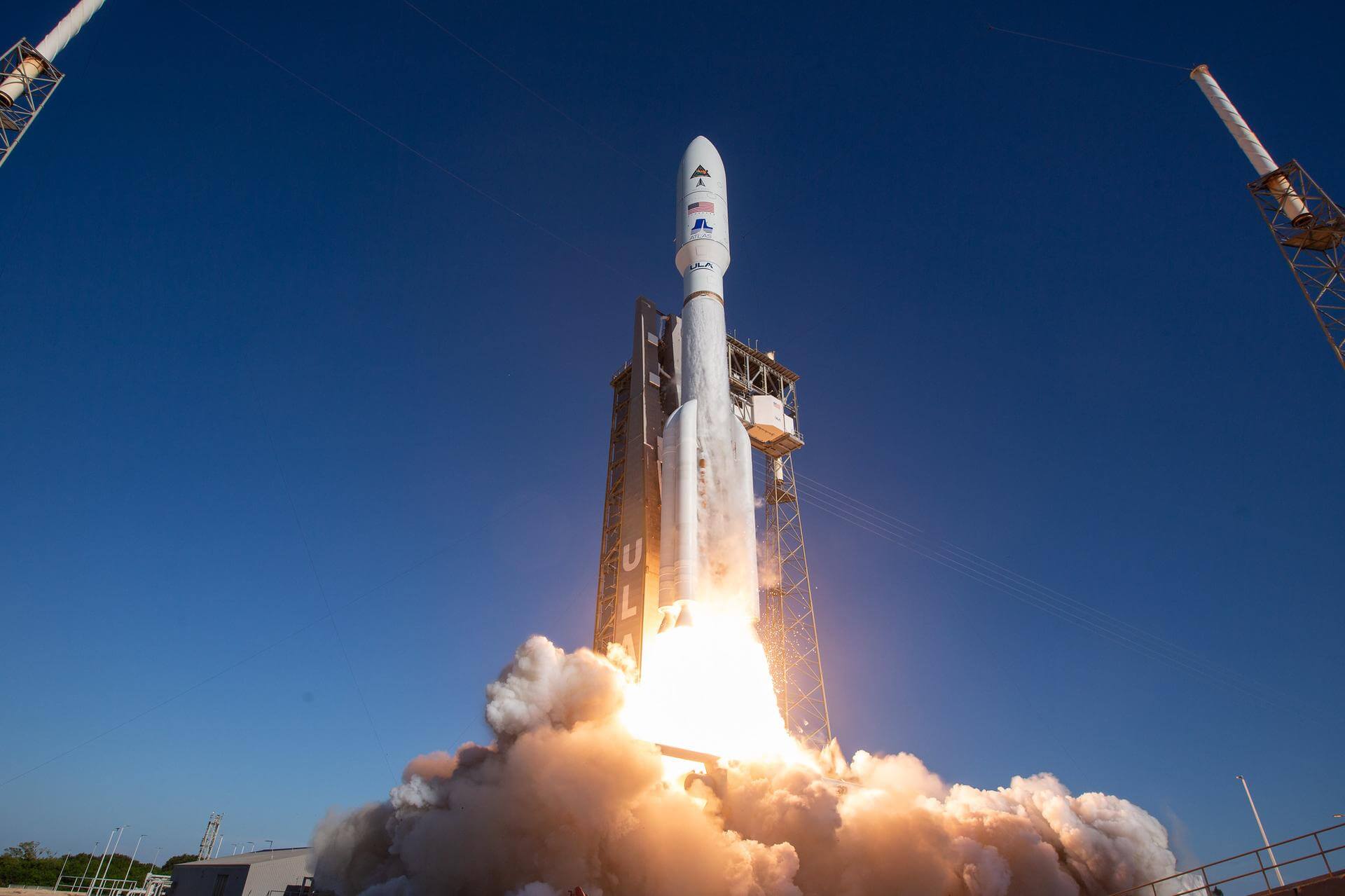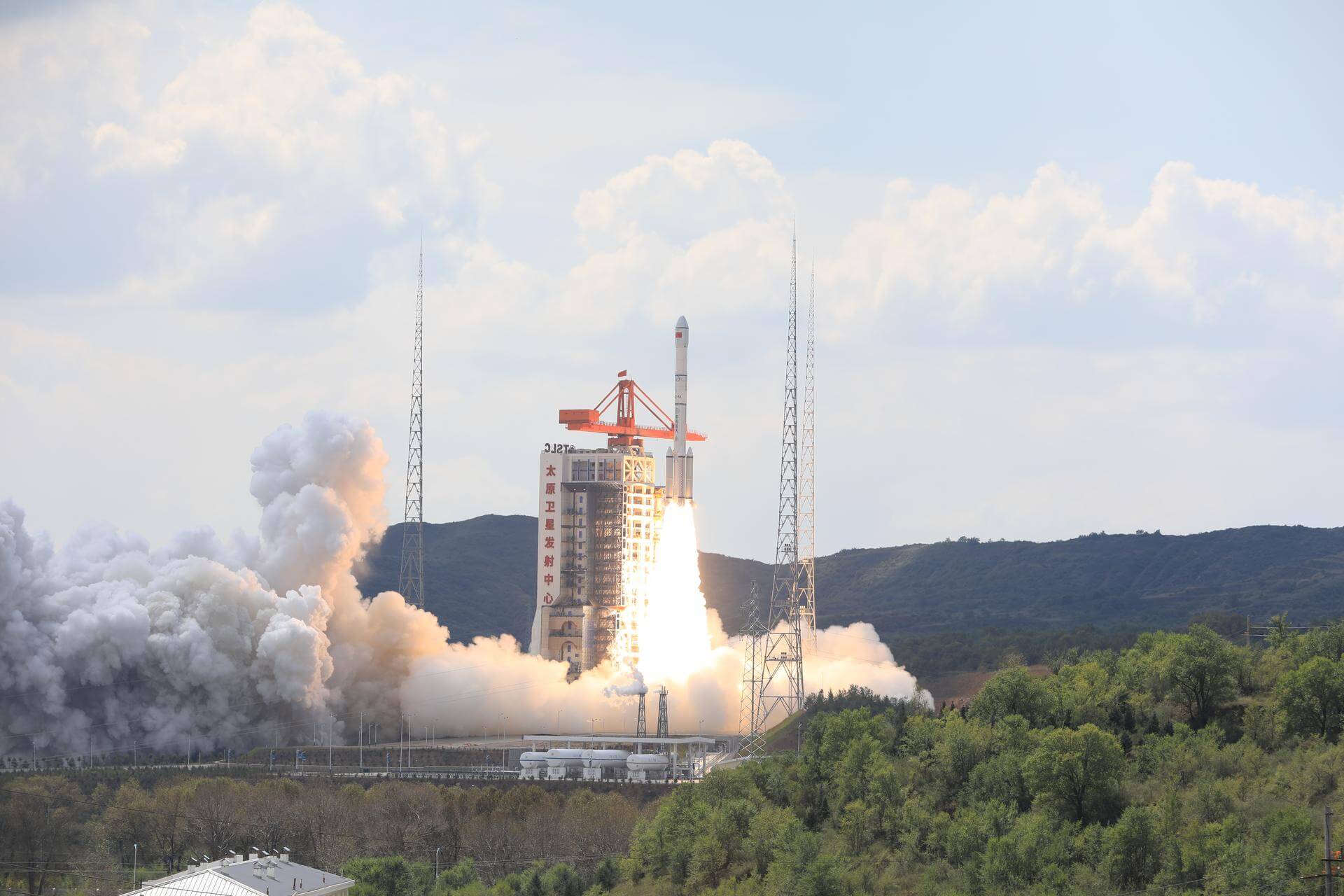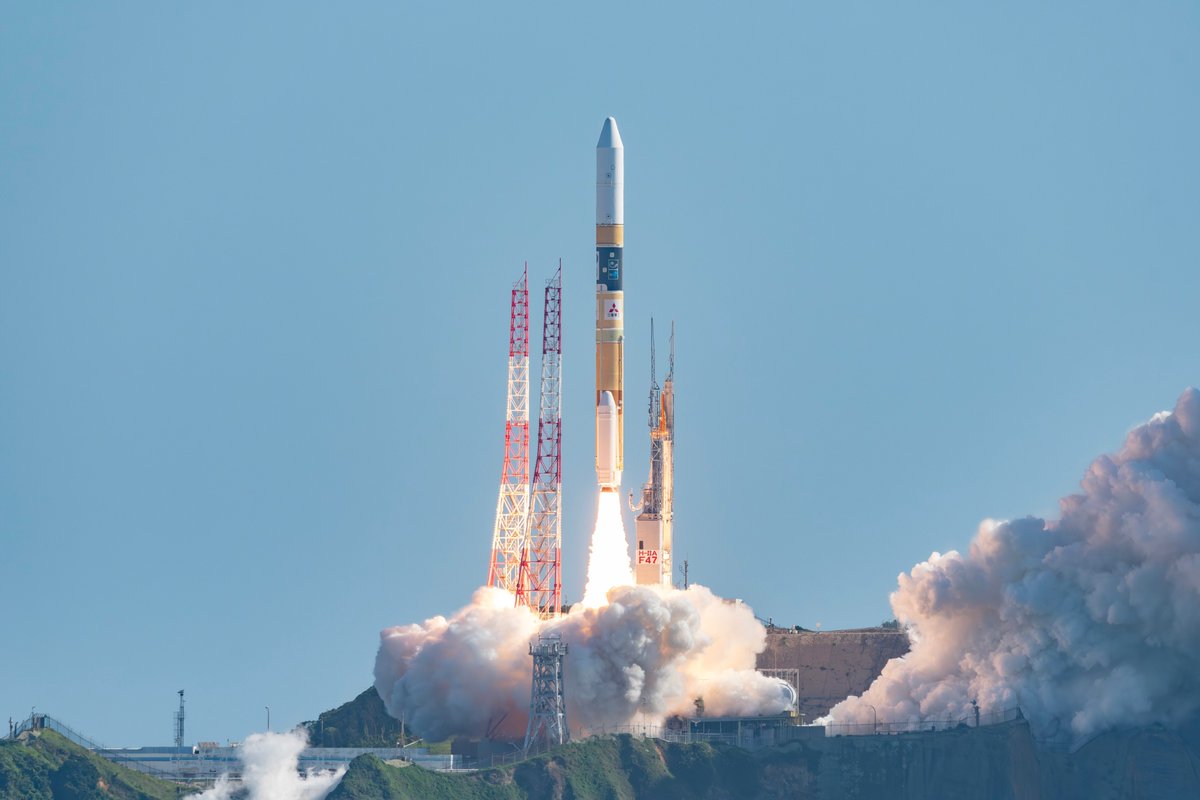Previous Spaceflight Launches
Filter by Agency, Locations or Vehicles
Show All LaunchesSoyuz 2.1a | Soyuz MS-24
Progress Rocket Space Center | RussiaBaikonur Cosmodrome, Republic of Kazakhstan
Sept. 15, 2023, 3:44 p.m.
Firefly Alpha | FLTA003 (VICTUS NOX)
Firefly Aerospace | United States of AmericaVandenberg SFB, CA, USA
Sept. 15, 2023, 2:28 a.m.
Falcon 9 Block 5 | Starlink Group 7-2
SpaceX | United States of AmericaVandenberg SFB, CA, USA
Sept. 12, 2023, 6:57 a.m.
Atlas V 551 | NROL-107 (Silent Barker)
United Launch Alliance | United States of AmericaCape Canaveral SFS, FL, USA
Sept. 10, 2023, 12:47 p.m.
Long March 6A | Yaogan 40
China Aerospace Science and Technology Corporation | ChinaTaiyuan Satellite Launch Center, People's Republic of China
Sept. 10, 2023, 4:30 a.m.
Falcon 9 Block 5 | Starlink Group 6-14
SpaceX | United States of AmericaCape Canaveral SFS, FL, USA
Sept. 9, 2023, 3:12 a.m.
SpaceShipTwo | Galactic 03
Virgin Galactic | United States of AmericaAir launch to Suborbital flight
Sept. 8, 2023, 3:22 p.m.
H-IIA 202 | XRISM & SLIM
Mitsubishi Heavy Industries | JapanTanegashima Space Center, Japan
Sept. 6, 2023, 11:42 p.m.
Status: Launch Successful
Mission:
X-Ray Imaging and Spectroscopy Mission (XRISM), formerly the X-Ray Astronomy Recovery Mission (XARM), is a replacement for the Hitomi satellite that malfunctioned few weeks after the launch. Smart Lander for Investigating Moon (SLIM) is a lunar probe that will target a landing on a small crater in Mare Nectaris, an area located near the moon's equator on the side facing Earth.
Lunar OrbitLong March 4C | Yaogan 33-03
China Aerospace Science and Technology Corporation | ChinaJiuquan Satellite Launch Center, People's Republic of China
Sept. 6, 2023, 6:14 p.m.
Ceres-1S | Tianqi 21-24
Galactic Energy | ChinaHaiyang Oriental Spaceport
Sept. 5, 2023, 9:34 a.m.
